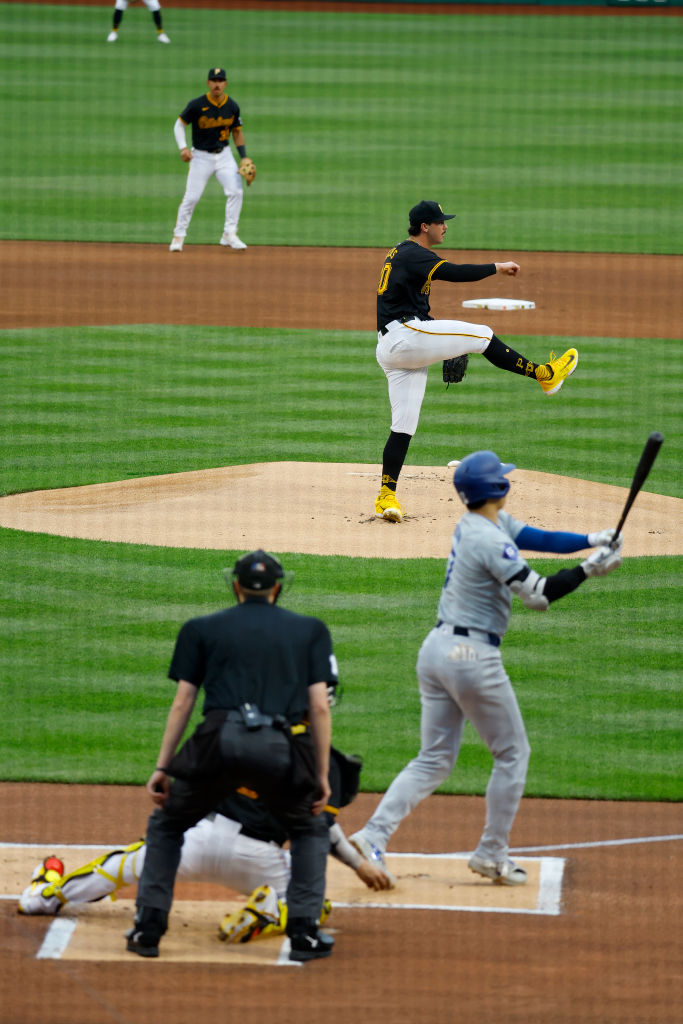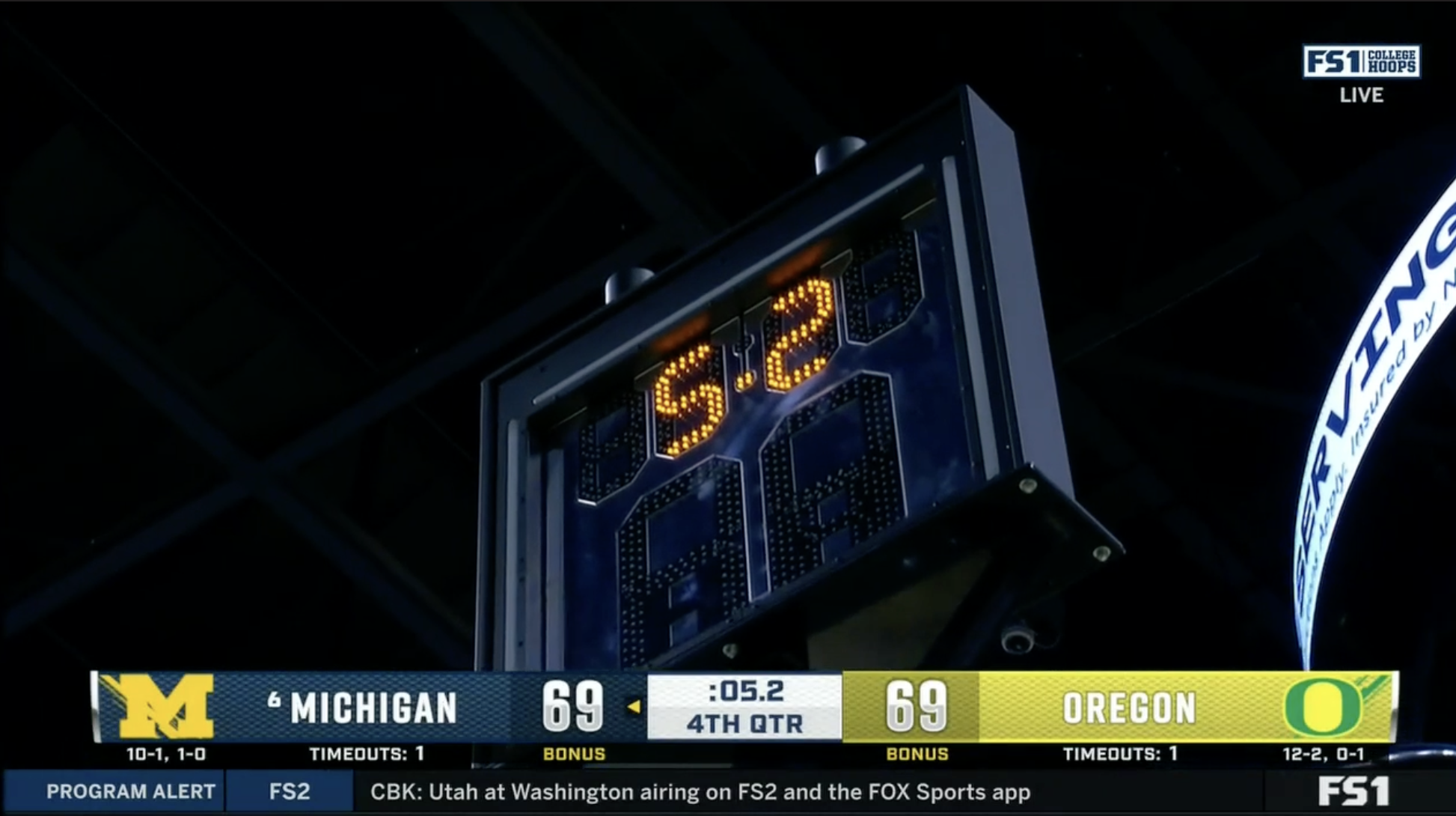As MLB pitchers' stuff progressively gets more and more obscene, so do the standards to qualify as a nasty (technical term) pitcher. Pitchers, especially relievers, hit 100 now all the time, and it's in this environment that Paul Skenes is earning all his flowers, and as a starter to boot. Defector ops guy and Pirates fan Sean Kuhn has accordingly been very patient with plebeian non-Pirates fans making declarations about our Pittsburgh Pirates.
Skenes came into Wednesday's game against the Dodgers with a 2.45 ERA over four starts against fine offenses. I'll spoil the result of the game right here: The Pirates won 10-6, mostly off the back of a seven-run second inning, and Skenes gave up three earned runs over five innings pitched, raising his ERA to 3.00. All of that is irrelevant. What distinguished this regular-season MLB game from the sea of 2,429 other regular season MLB games was that Skenes was facing Shohei Ohtani for the very first time.
Ohtani has been slumping recently, but he's still Shohei Ohtani. And how does one approach Shohei Ohtani—who rakes against every pitcher but especially right-handed pitchers, who hits every ball well but especially fastballs—for the first time as a rookie righty? Well, if you're Skenes, you throw three—
straight—
fastballs.
The broadcasts show pitch velocity, but if you want to get real nitty gritty, that's three 101.3, 100.1, and 100.8 mph fastballs for three swinging strikes. All three pitches were in the zone. The final strikeout pitch was in the heart of the plate—an absolute dare, and Skenes came out on top.
Sam Miller had a great bit in his newsletter, Pebble Hunting, where he talked about Paul Skenes's approach to batters and batters' corresponding approach to Skenes. In summary, Skenes never really fools batters on location. He's around 90th percentile in MLB on batter swing rate when it comes to pitches in or just outside the zone, and only sits around the 20th percentile on batter swing rate on pitches further from the zone. Unlike Mason Miller, who gets an obscene chase rate of 40 percent on pitches outside the zone, Skenes sits at 29 percent, just about MLB average.
But throwing pitches down the pipe doesn't matter if batters can't hit them anyway. Look at whiff percentage—intuitively just swings and misses over all swings—and Skenes jumps up to the top 10 percent in MLB. Even if you only look at pitches thrown in the heart of the zone, Skenes gets swings and misses on just under 20 percent of them, to a whiff percentage of around 24.5 percent. Constraining a little for sample size, that means Skenes ranks 10th in MLB in whiffs on pitches down the middle. All nine pitchers above him are relief pitchers, led by the likes of José Leclerc, Mason Miller, and Josh Hader, who rarely face the same batter twice across multiple appearances, much less the one game.
Ohtani didn't swing at non-competitive pitches; he just couldn't catch up to Skenes's fastball. The beauty of Ohtani's career is that we can find an example of him in the pitcher's position, facing a similar hitter of his caliber, his then-teammate-turned-former-teammate Mike Trout. This is not to compare the stakes of a regular-season MLB game between the Dodgers and the Pirates to the final inning World Baseball Classic showdown between Trout and Ohtani—a true narrative miracle—but to note the satisfaction of a pure stuff-on-stuff challenge. Ohtani won once as a pitcher; against Skenes, he got a taste of his own medicine as a batter.
Of course, that was just the first time that Ohtani had ever seen Skenes pitch. In the third inning, Ohtani came up to bat with two outs and Mookie Betts on first. This time it was a battle: Ohtani swung through another fastball at the top of the zone before Skenes threw two change-ups for balls. Then Ohtani swung through another fastball above the zone, and Skenes followed by yanking a fastball inside for a ball. With a full count, Skenes went back for what had worked so well previously—
—and, as it turns out, there's no such thing as a fastball that Shohei Ohtani can't catch up to.







